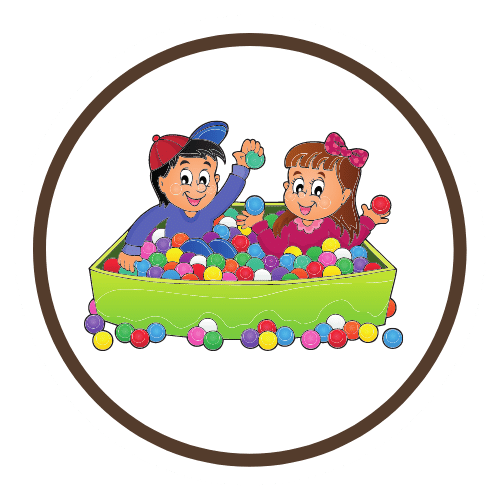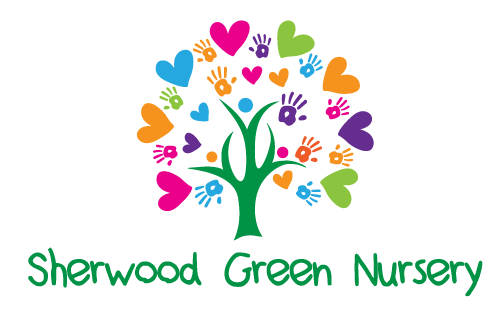Characteristic of effective learning
What are the Characteristics of Effective learning?
The characteristics of effective learning are a key element in the early year’s foundation stage. They detail the ways in which children should be learning
from their environment, experiences and activities. Children up to the age of five should all be displaying the characteristics of effective learning every day.

Playing & Exploring - ENGAGEMENT
(Finding, Exploring, Playing, Willingness to ‘have a go’’)
Providing stimulating resources which are accessible and open-ended so they can be used, moved and combined in a variety of ways and making sure resources are relevant to children’s interests. Ensures that the children at Sherwood Green are encouraged to show curiosity about objects, events and people. Use their senses to explore the world around them and engage in open-ended activity. Our provision is arranged to be flexible indoor and outdoor with space and resources whereby children can explore, build, move and role play.Quiet areas are provided to help children concentrate by limiting noise, and making spaces visually calm for them. We plan first-hand experiences for the children to seek challenges and have a go.

Active Learning - MOTIVATION
(Being involved and concentrating, Keeping trying, Enjoying achieving what they set out to do)
Children will become more deeply involved when you provide something that is new and unusual for them to explore, especially when it is linked to their interests. We notice what arouses children’s curiosity, looking for signs of deep involvement to identify learning that is intrinsically motivated. The practitioners are skilled to ensure children have time and freedom to become deeply involvedin activities, and to allow children to maintain focus on things that interest them over a period of time.

Creating & Thinking Critically - THINKING
(Having their own ideas, Making links, Choosing ways to do things)
Developing a learning community which focuses on how and not just what we are learning. Allows the children to freely express their thought process and
gives them the opportunity to be confident with not only sharing ideas, but having the opportunity to follow them through.
When planning activities, we consider opportunities for children to find their own ways to represent and develop their own ideas, opportunities for children to
play with materials before using them in planned tasks and give them key opportunities to think creatively and flexibility. We recognise the importance of
predictable routines to allow for children to link experiences and to give a safe and secure environment to discover and follow through with their own ideas.
